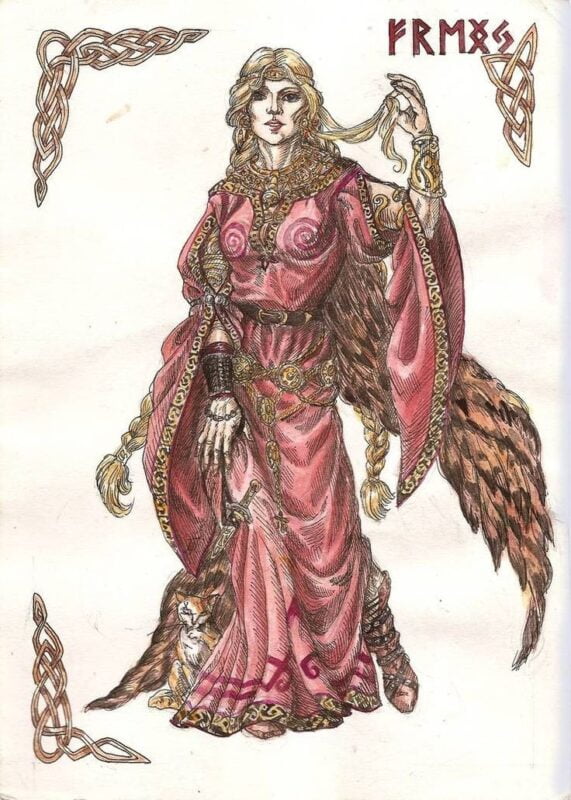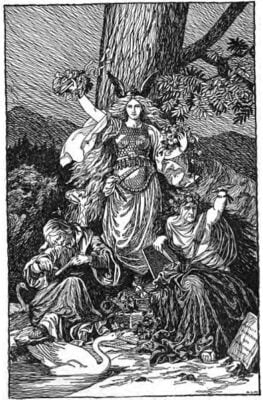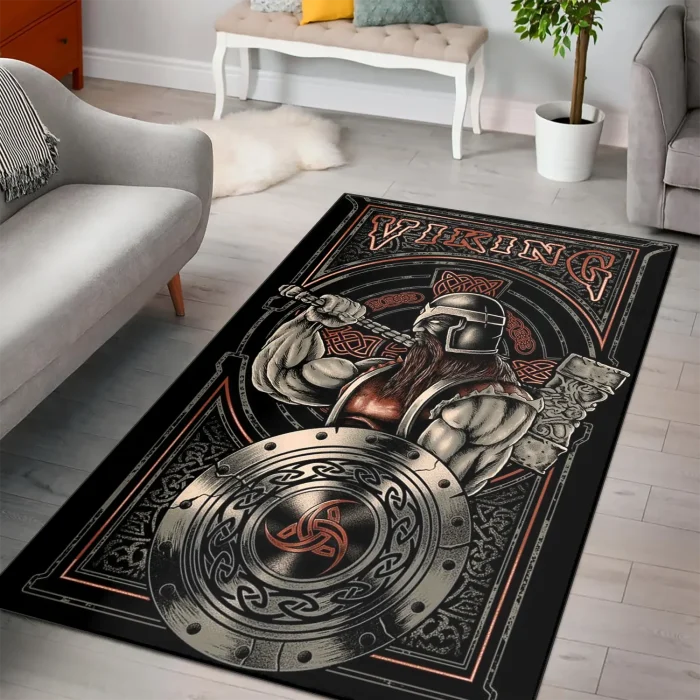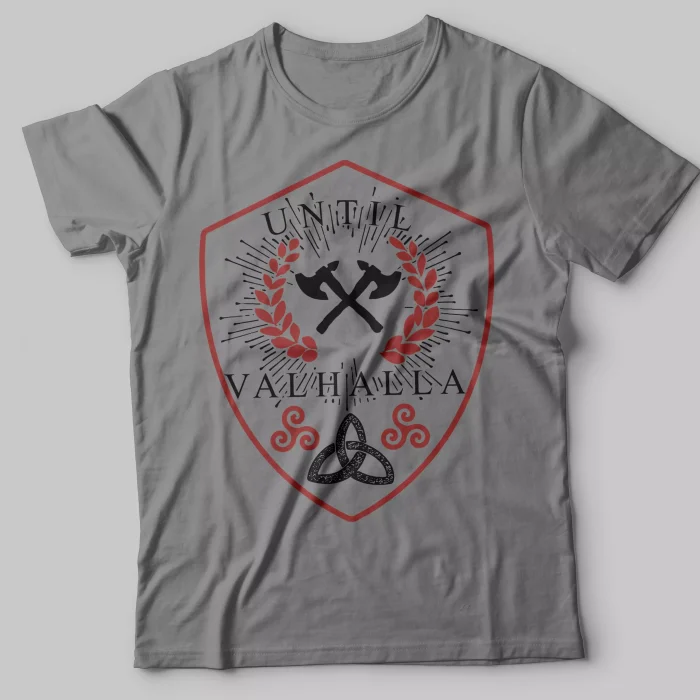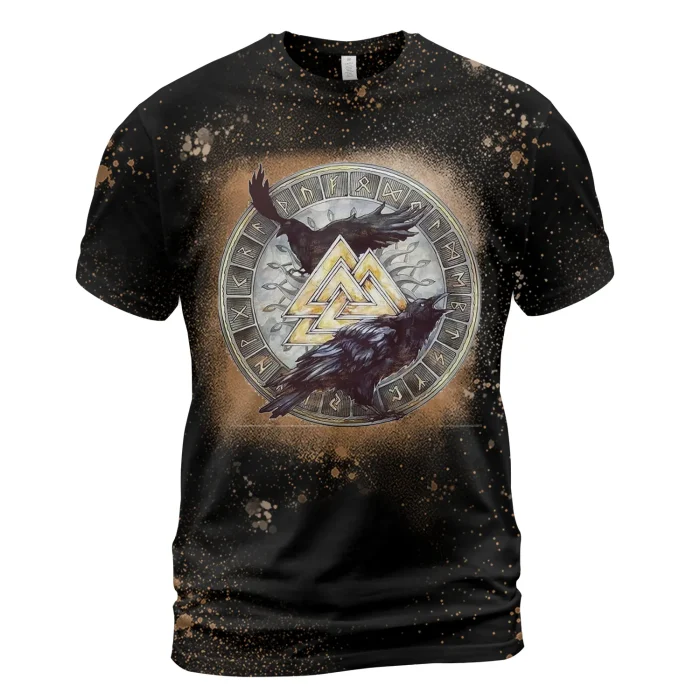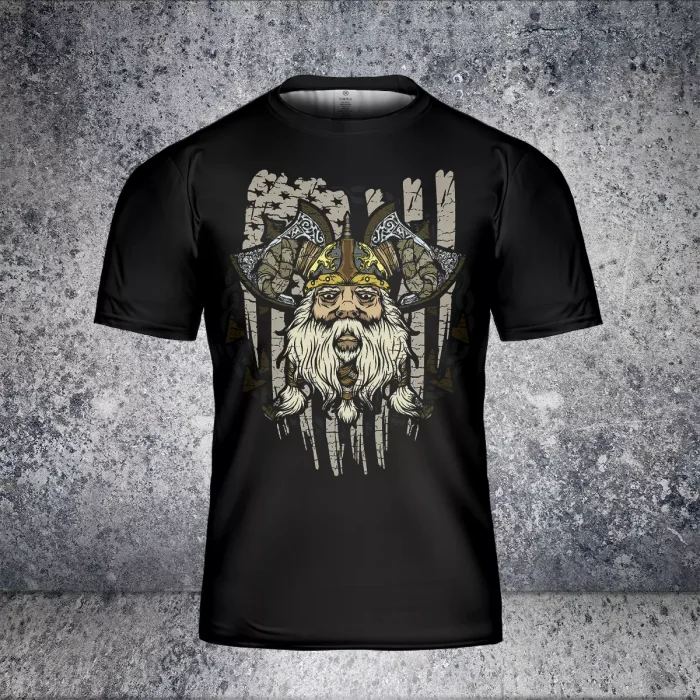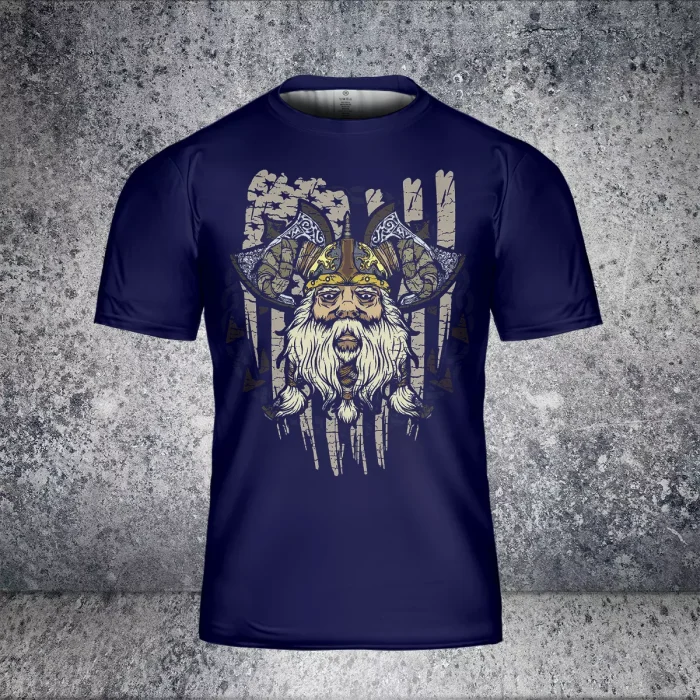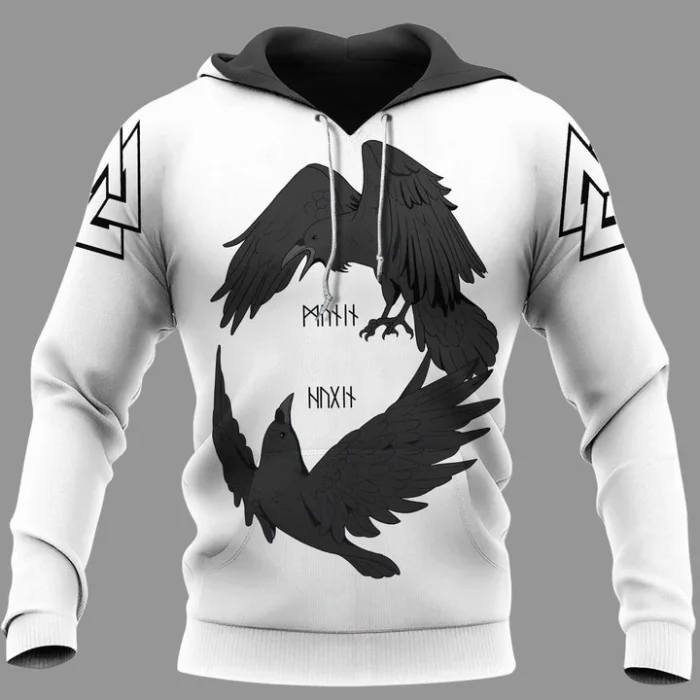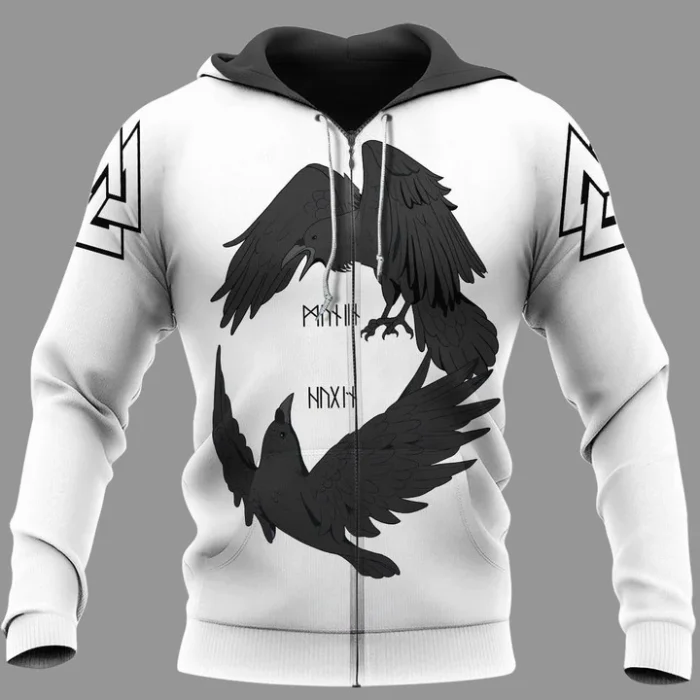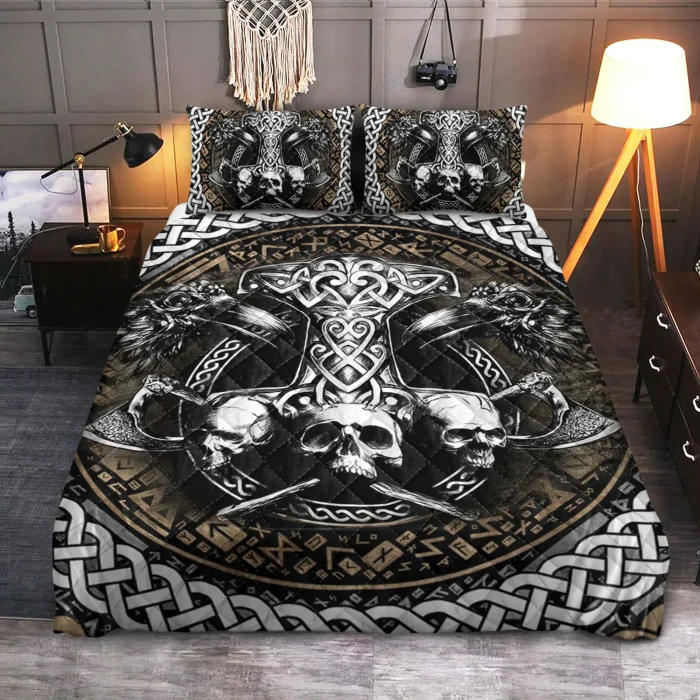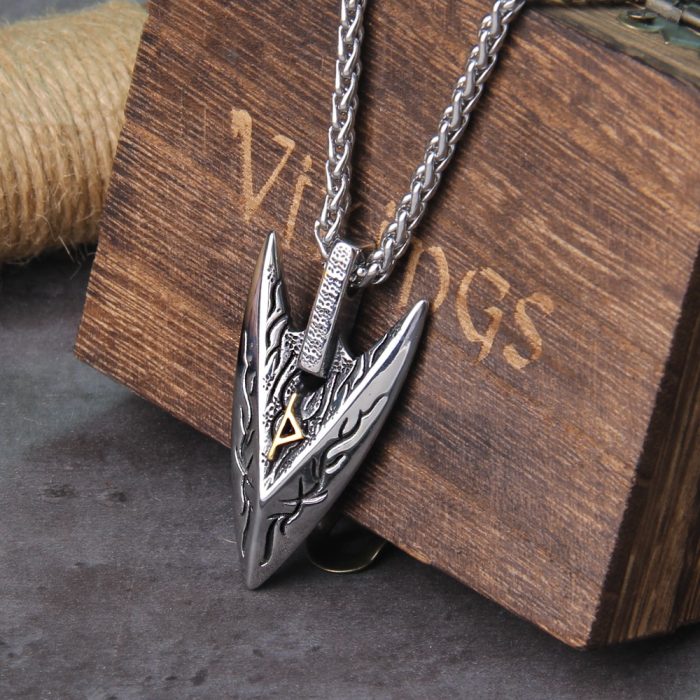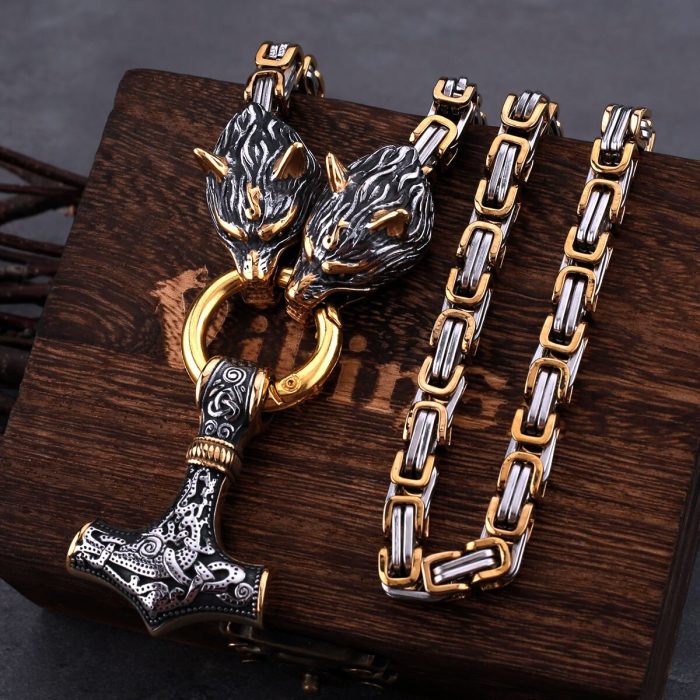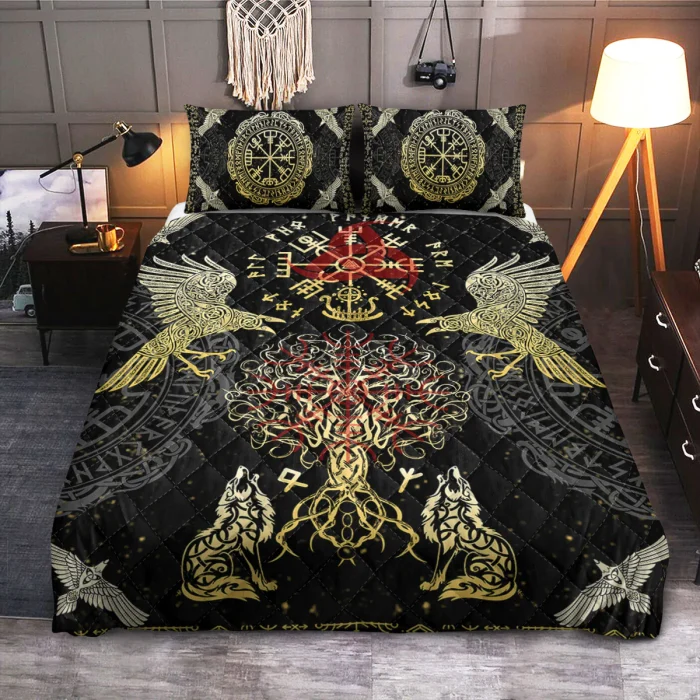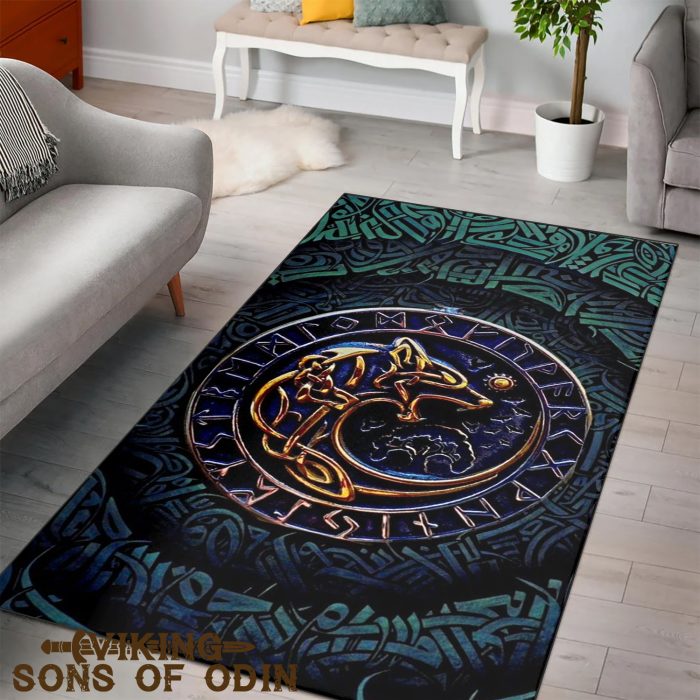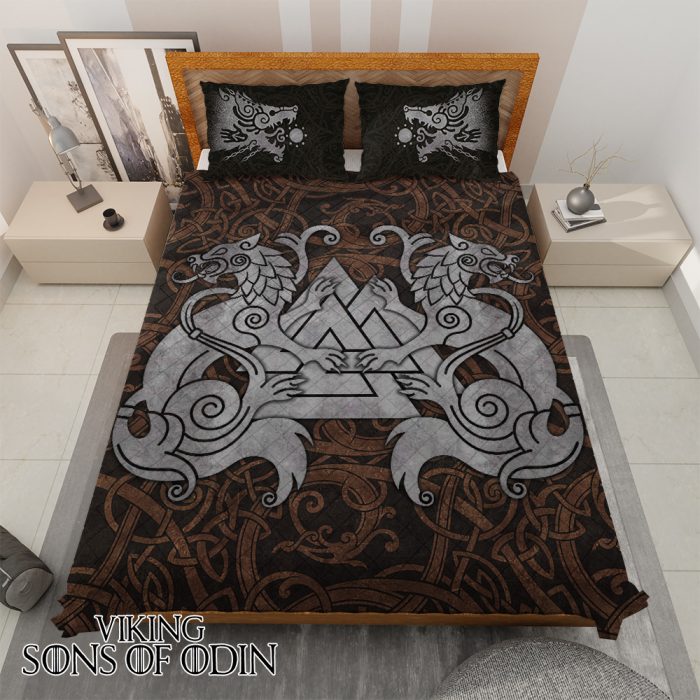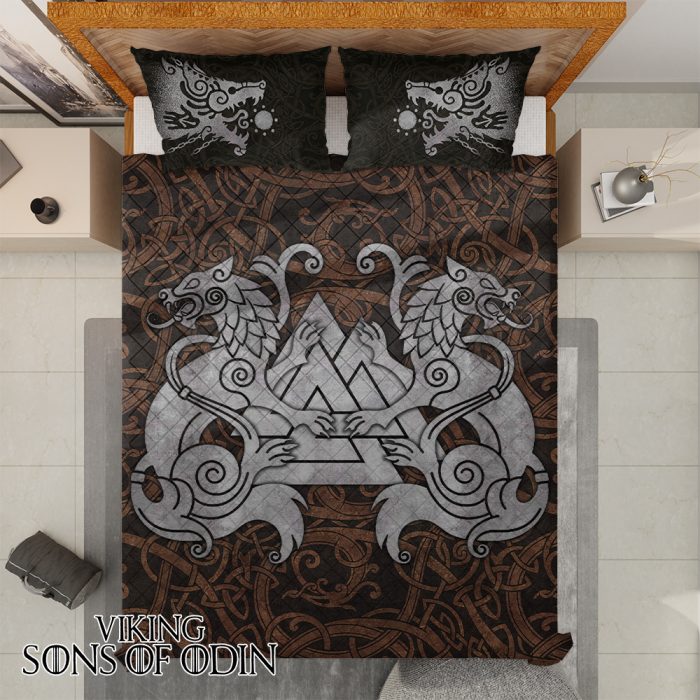Viking
The Norse Goddess Frigg
The Norse mythology universe is vast. The universe spans through nine different worlds, and every one of them has its specific Norse mythology characters that all together made the history as we know it today. The Allfather Odin (Old Norse: Óðinn) is the father to them all. Odin is the leader of all the Gods from Norse mythology and a savior of people.
Every notable character in the history of humanity and throughout various cultures and beliefs had someone even more important sitting next to him – a wife. Odin’s Queen was goddess Frigg (translated from Old Norse as “Beloved”), and she was an essential character for the Norse mythology universe creation.
See more products Norse mythology
SYMBOLOGY AND APPEARANCE
Frigg represents family, as she is well known for devoted love, patience, and nurturing. Even when fate is already set, like in case of the Baldur’s untimely death, she did everything in her might to alter it. Frigg’s main symbols are the sky, the full moon, mistletoe and silver, and the spinning-wheel and spindle. Many of these symbols are represented in the art that depicts the goddess.
Frigg is usually presented in many paintings and pictures with her husband Odin, which pays tribute to her influential role as a wife and family keeper in the Norse mythology. She’s also depicted as a spiritual and incredibly strong woman.
THE SORCERESS QUEEN
Frigg was the Queen of the Aesir (Old Norse: Æsir), as well as the most powerful goddess among them all. Some old scripts depict Frigg as völva, which meant she was a practitioner of the form of ancient Norse magic from the Viking Age known as seidr. This form of magic was used to change the course of fate often by symbolically creating new events that will ultimately come into being.
During the Viking Era, the term “Völva” represented “the sorceress” or “the seeress” who’s traveling from settlement to settlement, and she performed acts of seidr in exchange for food, lodging, and various other types of compensation. Frigg also had a set of falcon feathers, which she used to transform into this bird when it was needed.
THE MOTHER OF TWIN GODS
Frigg was the wife of Odin, and they had twin sons – Baldur and Hodur. Hodur was a kind, innocent, and blind God, while Baldur was all that a couple of almighty parents could ever want. Therefore, Baldur was known as the God of light and joy.
The longest night of the year is known in the Old Norse as the “Mother’s Night” because it’s believed that this was the night in which Frigg gave birth to her sons. Frigg was also the stepmother to Thor, Tyr, Vidar, Heimdall, Höder, Bragi, Hermod, and Vali. She was associated with love, fertility, motherhood, and marriage.
It’s said that Queen Frigg had the gift of foretelling prophecies. She had foreseen the death of her son Baldur, and she was powerless to change his destiny. Frigg did her best to shield Baldur from this prophecy. The Norse mythology teaches us that the Queen was also the “Earth Mother,” and she wanted to keep Baldur safe the best she could, so she went to all things and elements that could pose any danger or harm to his life to ask them not to endanger her son.
She spoke to animals, diseases, stones, various elements, and the environment itself. All of them agreed to keep Baldur unharmed. The only thing she didn’t speak to was mistletoe, thinking that mistletoe can’t endanger her son in any way.
THE QUEEN LOST HER SON TO LOKI
The Queen of the Aesir lost her son to what it seemed like a benevolent game. Baldur was indestructible since his mother asked all living things and elements not to harm her son. The Gods came up with a game in which they would throw stones, wood, and many other things at Baldur, knowing that nothing can hurt the almighty God of light. Loki saw the opportunity to do what he does best – tricking blind Hodur into killing his invincible brother Baldur.
Loki knew that the only thing that can kill the popular God Baldur is mistletoe, and he created a mistletoe arrow and gave it to blind Hodur to shot it at his brother. Loki tricked Hodur into thinking that they’re playing the game with other Gods, and Hodur agreed to do Loki’s bidding. When Hodur shot the arrow, it flew straight to Baldur’s heart-piercing it through, killing Baldur instantaneously.
Goddess Frigg was desperate as she wanted to save her son by all means necessary. As Baldur transcended to the Underworld, Frigg sent Hermodr, the emissary, to speak to the Underworld’s ruler Hel about releasing Baldur from the Underworld realm.
Hel agreed to give Baldur back to the Queen of the Aesir under one condition. Hel asked that all living creatures must weep over the death of Baldur, and when that happens, she will release Baldur from the realm of the dead.
Queen Frigg managed to convince all living things to perform a universal weep in order to save her son. All but one, a giantess by the name of Thökk, and some legends claim that Thökk was Loki in disguise. Therefore, Baldur never left the Underworld and was lost to the world of living forever.
A TALE OF TWO TRIBES AT WAR
We can learn more about the relationship between Odin and Frigg in the story that explains how she once tricked her husband for her own gain. This tale depicts two Germanic tribes that were at war at the time. The Allfather Odin set his eyes on the Vandals tribe and thought that they should win this war, but the wife of Odin thought that Winnilers is the tribe that deserves to be victorious.
Both Frigg and Odin agreed that they would solve their disagreement first thing in the morning. When Odin wakes up and looks down on the warring tribes, the first tribe he sees will be victorious. Allfather Odin was sure he’d see the Vandals tribe because they were visible from his side of the bed. Goddess Frigg was aware of this, so she made sure that this doesn’t happen.
Soon after Odin fell asleep, Frigg snuck out of bed and went down to visit the Winnilers tribe. She met with women of the Winnilers tribe and told them that, in the morning, all of them should tie their hair over their chin so it would resemble a beard. Frigg then came back to her bedroom and turned the bed, so when Odin wakes up, the first thing he’ll see is the Winnilers tribe, and that’s what happened. Odin kept his word and decided that Winnilers should be the ones to win the war.
THE HANDMAIDENS
Numerous stories are surrounding Goddess Frigg, and one that stood above all others is about her handmaidens. The Queen’s handmaidens were also goddesses accompanying their Queen in the misty palace known as Fensalir. Frigg loved to work on her spinning-wheel covered in jewels with which she was able to weave the clouds. Frigg’s court had 11 handmaidens surrounding her, but only three of them were her favorites – Fulla, Gná, and Lin.
Fulla carried Frigg’s hand casket, and she used to watch and ward her Queen’s shoes. Fulla is described as a maiden with a golden chaplet over her brow that had a long and flowing hair. Goddess Frigg used to share her secrets with Fulla, her handmaiden.
Gná was another favorite handmaiden that used to run errands for her Queen through various worlds. Gná rode a horse Hófvarpnir who could race over the waters and through the air.
Lin was Frigg’s third favorite handmaiden, and she had an important task to carry out on behalf of her Queen. Lin used to guard humankind that the Queen of Aesir chose to keep safe and unharmed.
FUN FACT ABOUT FRIGG
The wife of Odin, known as Frigg, gave us something to look forward to every week. People today cherish one day of the week the most, which is the day before the weekend. In English, this day is called Friday, and its name is derived from the Old English word Frīġedæġ that translates to “the day of Frig.”
OUR THOUGHTS ABOUT FRIGG
The story behind the goddess queen is among the most interesting ones in the Norse mythology universe. Not only she’s a goddess, a Queen, the devoted wife, mother, and stepmother to many sons, but she’s also the “Earth Mother.”
Her role in mythology made numerous stories incredibly exciting and tense. She was an incredibly powerful deity, and she always used her powers to promote life, happiness, and love. Although sometimes history confuses Frigg with Freya, they are two different celestial beings.
Most stories about Frigg are the ones that depict this Norse mythology deity as the one that always cares about the well-being of others. It’s no wonder that Odin chose Frigg for his wife since she was one of a kind in every sense.
WRAPPING UP THE STORY ABOUT FRIGG
What are your thoughts about the goddess queen Frigg? Do you know any more stories about her that we didn’t mention? What was your favorite story about her? Share with us all your thoughts and comments in the comment section below.
Source: Wikipedia

